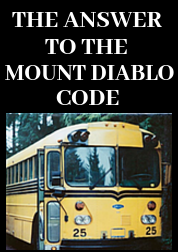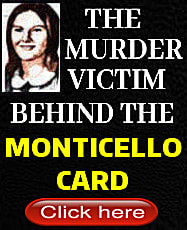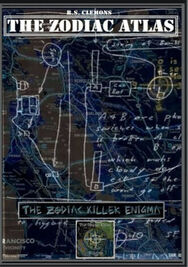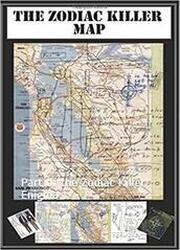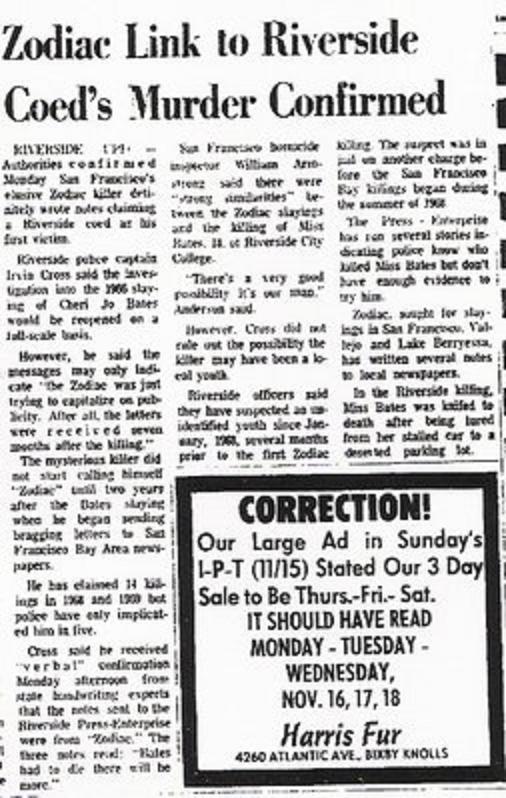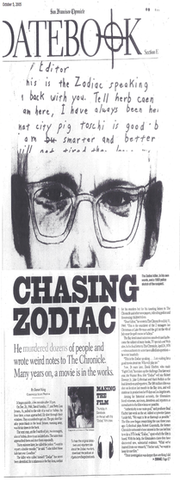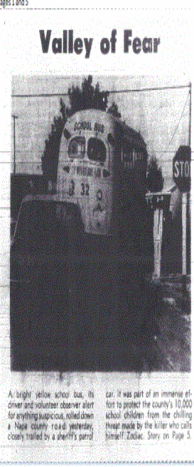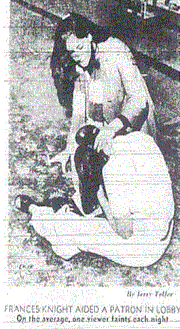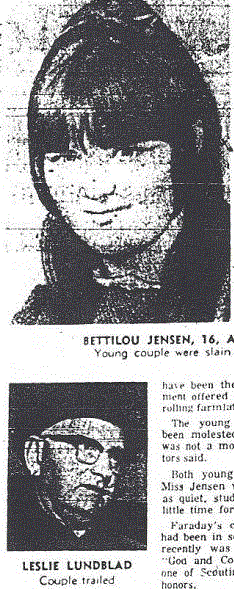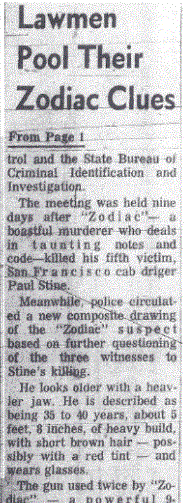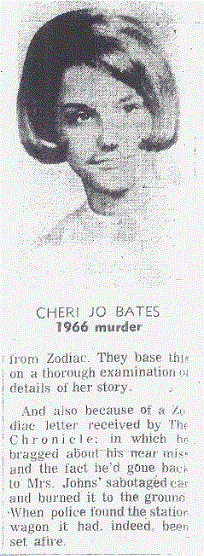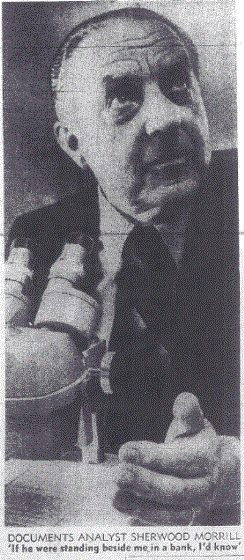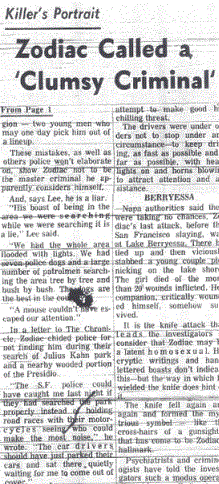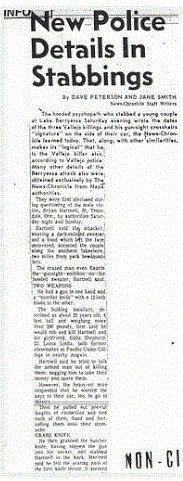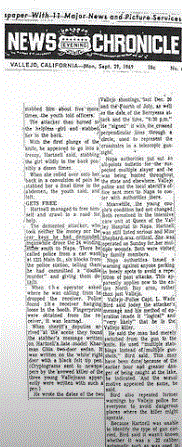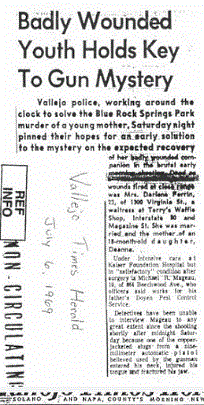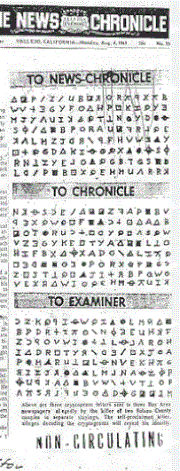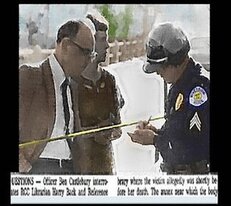 Click to enlarge
Click to enlarge The title of the Desktop Poem was "Sick of living/unwilling to die". When we look at the Confession letter the author types two sentences carrying the similar wording of "She was then very willing to talk to me" and "she went very willingly". The Confession letter author also typed "I am not sick. I am insane". In other words, the Desktop Poem title is embedded in the story of the Confession letter. The Desktop Poem concludes with the wording "She won't die, this time someone'll find her. Just wait till next time", suggestive of an impending death - and mirrored in the Confession letter when the author types the word "time" on a further three occasions and utilizes the word "die" in the same string of wording, by stating "When we were away from the library walking, I said it was about time. She asked me "about time for what". I said it was about time for her to die".
Is this enough correlation to point to one author of the Riverside Desktop Poem and Confession letter? And could the author of the Bates letters (whoever that may be) be responsible for the two previous communications. Recently, the Riverside Police Department have stated that somebody contacted them via a letter in 2016 claiming responsibilty for the three Bates letters postmarked April 30th 1967. "The author apologized for sending the letters and said it was a sick joke. The author admitted that he was not the Zodiac killer or the killer of Cheri Jo Bates and was just looking for attention". But was the individual who made this admission in 2016 telling the truth? Despite the three Bates letters containing only eight words, they managed to continue the theme of the previous two communications in 1966. The Desktop Poem was titled "Sick of living/unwilling to die". The Confession letter harbored the wording "I said it was about time for her to die" (meaning Bates had to die). Then, five months later, the three Bates letters contained the wording "Bates had to die there will be more" and "She had to die there will be more". In addition, all three communications ended with the threat of further murder. The ending of each carried the wording "Just wait till next time", "I am stalking your girls now" and "There will be more". It is also noteworthy that the Zodiac Killer never wrote the wording "to die", "die" or "died" in any of his communications spanning eighteen years.
Here is some additional information regarding the Confession letter. Before the development of photographic copiers, a carbon copy was the under-copy of a typed or written document placed over carbon paper and the under-copy sheet itself (not to be confused with the carbon print family of photographic reproduction processes). When copies of business letters were so produced, it was customary to use the acronym "CC" or "cc" before a colon and below the writer's signature to inform the principal recipient that carbon copies had been made and distributed to the parties listed after the colon. With the advent of word processors and e-mail, "cc" is used as a merely formal indication of the distribution of letters to secondary recipients. A sheet of carbon paper is placed between two or more sheets of paper. The pressure applied by the writing implement (pen, pencil, typewriter or impact printer) to the top sheet causes pigment from the carbon paper to reproduce the similar mark on the copy sheet(s). More than one copy can be made by stacking several sheets with carbon paper between each pair. Four or five copies is a practical limit. The top sheet is the original and each of the additional sheets is called a carbon copy. A sheet of carbon paper is placed between two or more sheets of paper. The pressure applied by the writing implement (pen, pencil, typewriter or impact printer) to the top sheet causes pigment from the carbon paper to reproduce the similar mark on the copy sheet(s). More than one copy can be made by stacking several sheets with carbon paper between each pair. Four or five copies is a practical limit. The top sheet is the original and each of the additional sheets is called a carbon copy. Wikipedia. .
Robert Graysmith in Zodiac Unmasked stated "November 29, 1966. Two carbon copies of a "confession" letter sent to the press and Riverside Police. Zodiac typed on a sandwich of Teletype paper and carbon paper and mailed the faintest, the fourth and fifth impressions. The original typed top page was never sent". Ordinarily it is wise to double check anything Robert Graysmith claimed, however, in this instance his claims appear to concur with Wikipedia that four or five copies is perfectly feasible in this instance. The fact that the Confession letter was cut at the top and bottom suggests the paper used was taken from a Teletype roll
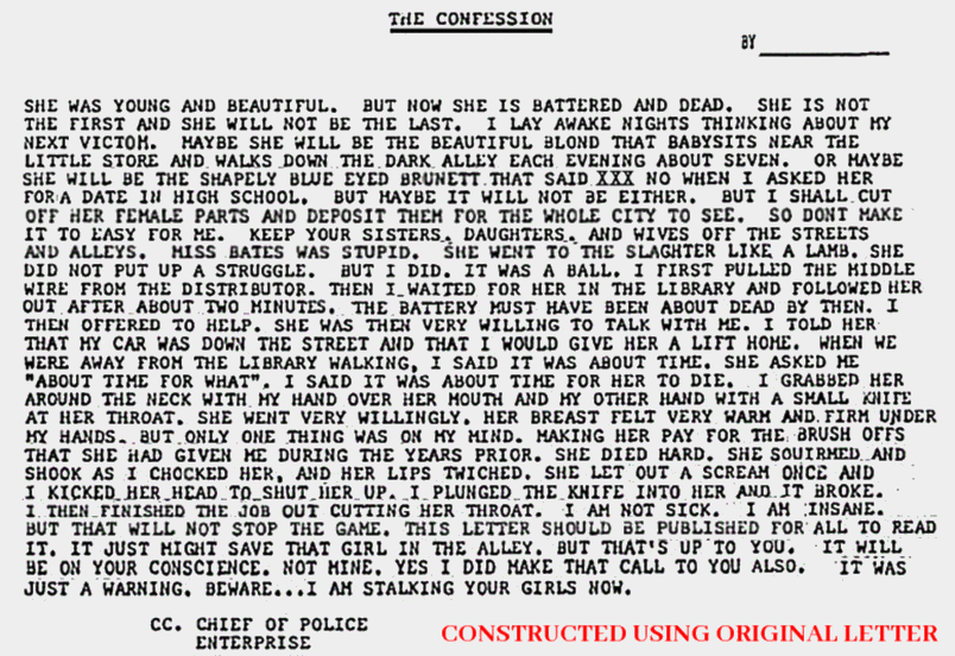




 RSS Feed
RSS Feed

